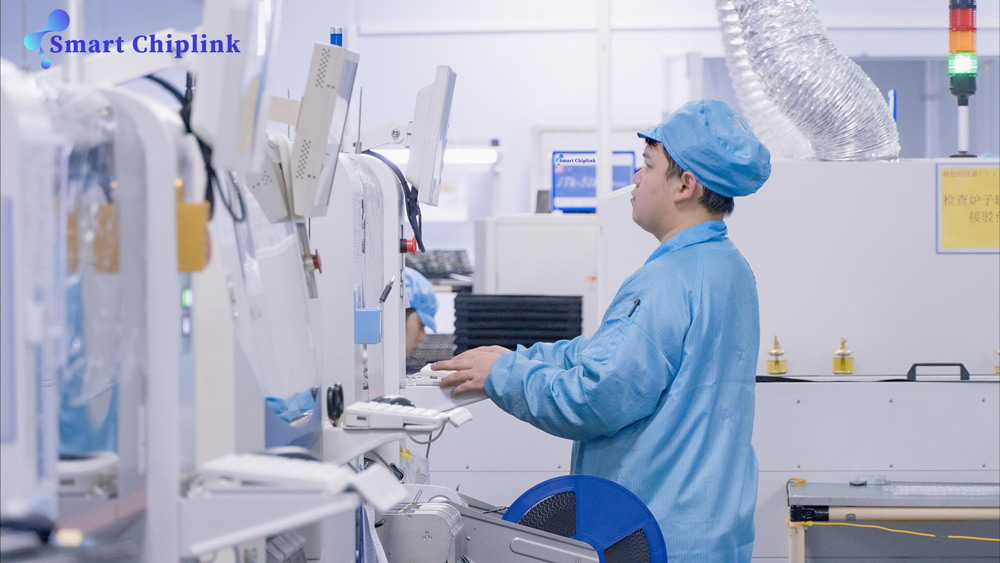In the world of electronics manufacturing, the process of PCB assembly is crucial for creating functional and reliable circuit boards. From soldering components to testing for quality assurance, each step plays a vital role in the final product. Let's dive into the detailed steps of PCB assembly:
What are the steps of PCB assembly?
1. Design and Layout: The first step in PCB assembly is designing the circuit board layout. This involves determining the placement of components, traces, and other elements to ensure optimal functionality.
2. Component Procurement: Once the design is finalized, the next step is to procure all the necessary components for the PCB assembly. This includes resistors, capacitors, integrated circuits, and other electronic parts.
3. Solder Paste Application: Solder paste is applied to the pads on the circuit board where components will be placed. This paste will later be heated to attach the components securely to the board.
4. Pick and Place: Automated machines are used to pick up components from reels or trays and accurately place them on the solder paste. This step requires precision and speed to ensure proper alignment.
5. Reflow Soldering: The PCB with components is passed through a reflow oven, where the solder paste is melted to create strong electrical connections between the components and the board.
6. Inspection: After soldering, the PCB undergoes thorough inspection to check for any defects, such as misaligned components or solder bridges. Automated optical inspection (AOI) and X-ray inspection may be used for quality control.
7. Testing: Once the PCB passes inspection, it is tested to ensure that all components are functioning correctly and that the circuit board operates as intended. Various tests, such as functional testing and in-circuit testing, may be conducted.
8. Cleaning: To remove any flux residue or contaminants left from the soldering process, the PCB is cleaned using specialized equipment and solutions.
9. Final Inspection: Before the PCB is packaged and shipped, a final inspection is performed to verify that it meets all quality standards and specifications.
By following these steps meticulously, electronics manufacturers can produce high-quality PCBs that meet the demands of modern technology. The PCB assembly process requires expertise, precision, and attention to detail to ensure the reliability and performance of electronic devices.

 English
English




